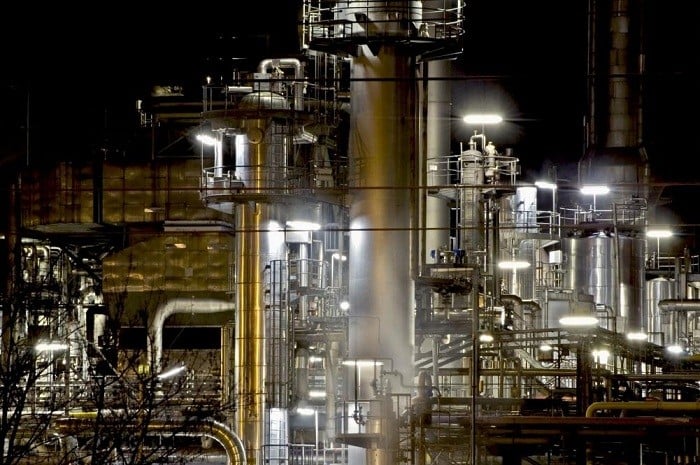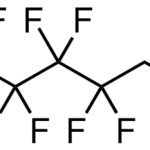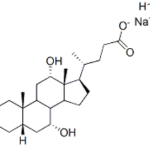
Here at Watson International, we supply industrial catalysts to businesses in accordance with their individual catalyst needs. We have homogenous catalysts, specialty catalysts and metallic compounds. Quite often, during our initial contacts with customers, we find that businesses are not always clear about which catalyst they would like to request a proposal for. Some are confused between different options. This is especially the case with proposals pertaining to an industrial research project. Catalysts can provide you with competitive manufacturing advantages, but the problem is if you don’t choose the right catalyst for your particular industrial application, your decision can backfire as well. Plants sometimes have to be shut down because of an error in the catalyst. In the context of everything discussed above, we therefore decided to write this blog post. The aim is to educate our readers about how to make sure they are buying the right catalyst for their industrial application. It’s worth mentioning that wealth of information goes in the design of a catalyst system and as such we would only be covering the basic information. Without any further ado, let’s get started.
Know everything about your industrial process there is to be known
It might sound obvious, but this is where the information is found most lacking when a request for a catalyst is made. The different sub stages of your industrial process, the threshold values of each sub stage, the percent conversion required, the exhaust flow rate, the sulfur content in your fuel, the pressure drop constraints – you need to know everything. The information gathering process might seem tedious and it will certainly be iterative, but the knowledge is critical to make the right catalyst choice for your business.
Communicate the information with the catalyst supplier
Once you have the information, document in detail. Double check where numbers are involved to make sure there are no mistakes. Send this detailed document to the catalyst supplier at the time when you are sending a request for the proposal. If you are unable to provide all the information, don’t worry — the supplier should be able to establish some approximations based on the data that you have provided them with. Your aim should be to provide them with as much accurate information as possible. This data would then be used by the supplier as input parameters in the sizing, metal loading, costing and wash coat formulation of the catalyst design. The supplier will further use the data to develop a model of what the catalyst system would entail, and as such any ensuing conceptualizations such as limiting factors, would also be incorporated in the catalyst selection and design process.
Ask the supplier for the test results
The information that you communicate about your process, in some cases, the supplier would use it to create a simulated environment and test the designed catalyst to see if it’s producing adequate results. However, not every supplier will provide you the testing services. It’s not financially feasible for them. If the supplier has conducted a test previously in similar conditions for another customer, they may provide you with those results instead. Either way, it’s fine as long as the supplier can furnish you some sort of validation proof that the catalyst is compliant with your set objectives. On that note, we come to the end of our discussion. Remember, when it comes to buying a catalyst, the age-old adage couldn’t be truer : An ounce of measure is worth a pound of cure Follow these guidelines and you won’t go wrong in your decision. A
BONUS read :
Catalysis – What You Need to Know About It











